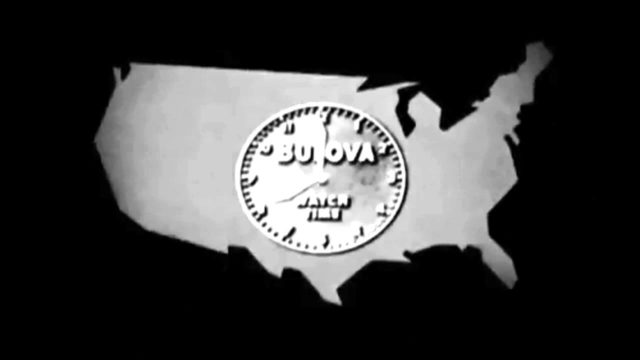The first commercial seen on American TV’s happened during the Philadelphia Phillies vs. Brooklyn Dodgers game at Ebbets Field on July 1st, 1941.
The commercial was for Bulova watches and clocks, and was only 10 seconds long, but the baseball game lasted 3 hours 11 minutes and was seen in person by 3,339 people.
WNBT New York, an affiliate of NBC, began its commercial television operation with that 10-second airing that cost between $4.00 to $9.00, depending on where you look.
The commercial showed the WNBT test pattern that had been modified to show a Bulova clock showing the time, the Bulova logo, and the phrase “Bulova Watch Time”.

Ray Forrest read the first formal on-camera commercial announcement on July 1st during the Bulova airing. On July 4th, the first live TV commercial was shown for Adam Hats.
The Neilson ratings system in the U.S. shows broadcasters what the viewership is during their TV programs, and gives them a way to determine what they will charge for commercial airtime. Obviously today our commercials are much longer than 10 seconds long, over time they have gotten much longer.
For example, now, commercials take up about 16-18 minutes of a one hour TV show, whereas in the 1960s, commercials only used up about nine minutes.
A 30-minute program has about eight minutes of commercial time – six minutes for national ads and two minutes for local ads. Without a doubt, television broadcasters have gotten greedier over time.

For example, the 101-minute movie The Wizard of Oz (1939), in the mid-1960s would take two hours to watch including commercials.
Now, if they played the whole movie with commercial breaks, it would take about two hours and 15 minutes to watch. Unfortunately, broadcasters have started to edit movies to fit within certain time parameters.
If you were watching a 1960s TV show today, the broadcaster would most likely edit the show by nine minutes to fit it within the time slot allowed.
In any 10 hour stretch during the day, today’s viewers will see approximately three hours of commercials.
Company owners can advertise pretty much anything they want on TV, as long as it is approved by the Federal Trade Commission (FTC) and the Federal Communications Commission (FCC).
But on January 2nd, 1971, commercials showing cigarettes were banned from American television. Alcohol is allowed in commercials, but the consumption of said alcohol is not allowed in those commercials.
The FTC and the FCC have certain regulations of TV advertising which outline restrictions on certain products, content, and claims, in addition to mandating minimum technical standards.
This is Charlie Chaplin’s first movie and apparently, he hated it
Other content standards are set by individual broadcasters to abide by local laws, community standards, and their audience demographic. Each broadcaster puts each commercial through a process known as “clearance”.